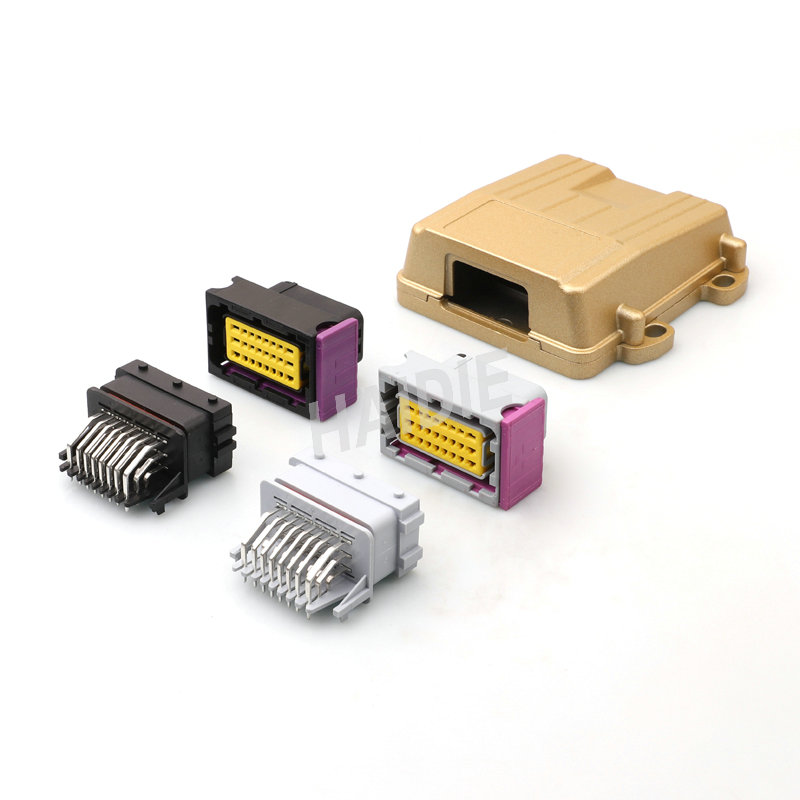Industry Dynamic
how to unplug car connectors
Aug 21,2023
Unplugging car connectors can be a tricky task, especially if you’re not familiar with the process. It’s important to take your time and be careful when unplugging car connectors, as you don’t want to damage any of the components. Here are some tips to help you unplug car connectors safely and easily.
1. Locate the Connector
The first step in unplugging car connectors is to locate the connector. Depending on the type of connector, it may be located in the engine bay, under the dashboard, or in the trunk. If you’re not sure where the connector is located, consult your vehicle’s manual or a repair guide.
2. Disconnect the Battery
Before you begin unplugging car connectors, it’s important to disconnect the battery. This will help prevent any electrical shocks or damage to the vehicle’s components. To disconnect the battery, locate the negative and positive terminals and remove the cables.
3. Unplug the Connector
Once the battery is disconnected, you can begin unplugging the connector. Depending on the type of connector, you may need to use a flathead screwdriver or a pair of pliers. If the connector is held in place by a clip, you may need to use a pair of needle-nose pliers to remove the clip.
4. Inspect the Connector
Once the connector is unplugged, inspect it for any signs of damage or corrosion. If the connector is damaged or corroded, it may need to be replaced. If the connector looks to be in good condition, you can proceed to the next step.
5. Clean the Connector
Before you plug the connector back in, it’s important to clean it. This will help ensure a good connection and prevent any damage to the vehicle’s components. To clean the connector, use a cotton swab and some rubbing alcohol. Gently scrub the connector until it’s free of dirt and debris.
6. Plug the Connector Back In
Once the connector is clean, you can plug it back in. Make sure the connector is firmly seated in the socket and that all of the pins are lined up correctly. If the connector is not seated properly, it may cause damage to the vehicle’s components.
7. Reconnect the Battery
Once the connector is plugged back in, you can reconnect the battery. Make sure the positive and negative terminals are lined up correctly and that the cables are firmly attached. Once the battery is reconnected, you’re done!
Unplugging car connectors can be a tricky task, but with the right tools and a bit of patience, you can do it safely and easily. Just remember to disconnect the battery before you begin, inspect the connector for any signs of damage or corrosion, and clean the connector before plugging it back in. Following these steps will help ensure a good connection and prevent any damage to the vehicle’s components.
Recent news

Exploring the Versatility of Auto Connectors: A Comprehensive guide by Haidie
What is auto connector?Auto connector is a component used in vehicles to join electrical circuits. These connectors are ···

What is auto connector and how to produce it?
What is auto connector?Auto connectors, also known as automotive connectors, are devices used in the automotive industry···

Why you should choose auto connector?
Auto connectors are essential components in the automotive industry, enabling effective communication between different ···








